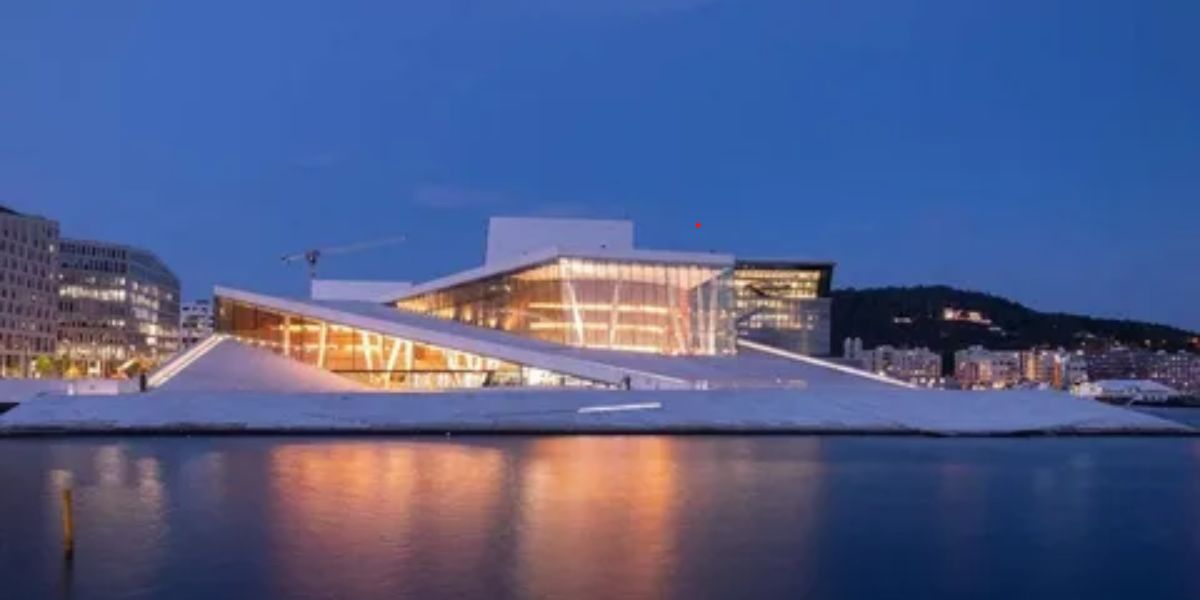Tucked between the shimmering waters of the Oslofjord and the verdant hills of Oslomarka lies a city that often finds itself overshadowed by its more famous Scandinavian counterparts, like Copenhagen and Stockholm. But is Oslo worth visiting? As Norway’s capital, this vibrant metropolis is a hidden gem teeming with cultural richness, stunning natural beauty, and a spirit of innovation that beckons travelers from around the globe. With an array of museums showcasing Viking history to contemporary art, breathtaking parks that invite you to unwind, and culinary experiences that are as diverse as they are delicious, Oslo offers something for everyone.
Is Oslo Worth Visiting?
Oslo, Norway’s capital, is often perceived as a quiet alternative to more bustling European cities, but it offers unique treasures that are well worth the visit. The city’s blend of modern architecture and rich history creates an intriguing ambiance; however, tourists should tread carefully around popular hotspots like the Viking Ship Museum or the Royal Palace. While these landmarks are undoubtedly impressive, they can sometimes feel overcrowded and tourist-oriented, detracting from their allure. Instead, consider venturing into neighborhoods like Grünerløkka or Bislett for a more authentic experience filled with local eateries and quirky shops.
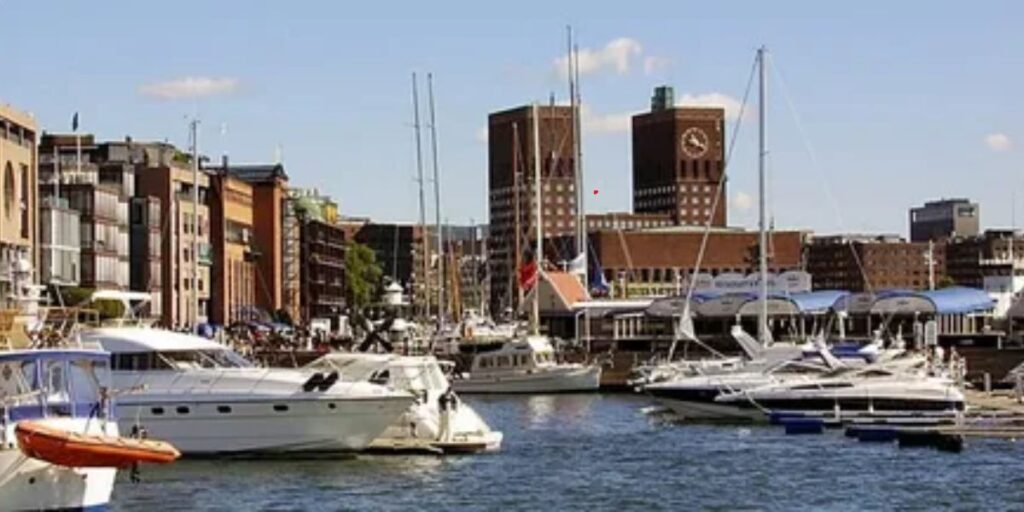
1.Rich Cultural Heritage:
Oslo, Norway’s capital, is a treasure trove of cultural heritage, where art and history converge in breathtaking forms. At the heart of the city lies the Munch Museum, dedicated to the life and works of Edvard Munch. Here, visitors can delve into the mind of one of Expressionism’s most profound figures; his iconic works such as The Scream evoke deep emotions and provoke thought about human existence. The museum not only showcases his paintings but also offers insights into his complex psyche and artistic evolution.

A visit to Oslo wouldn’t be complete without exploring the Viking Ship Museum, where ancient maritime artistry is preserved for all to admire. The elegantly crafted ships reveal stories of exploration and daring voyages that defined an era, amplifying Norway’s historical significance as a seafaring nation. Complementing this array of history is the Oslo Opera House, a modern architectural marvel that stands as a symbol of contemporary Norwegian culture. Its striking design invites engagement; both locals and tourists flock to its sloped roof for panoramic views over Oslo fjord—a perfect juxtaposition between old-world charm and modern innovation in this vibrant cityscape.
2. Stunning Natural Landscapes:
Oslo, Norway’s capital, is a treasure trove of stunning natural landscapes that seamlessly blend art and nature. At the heart of this experience lies the Vigeland Sculpture Park, home to 200 captivating sculptures by Gustav Vigeland. Each piece tells a unique story about human emotions and relationships, inviting visitors to wander through beautifully landscaped gardens that feel alive with artistry. You stroll among these remarkable creations, it’s easy to forget the bustling city nearby; instead, you connect deeply with both the sculptures and the serene surroundings.

A hike up Holmenkollen Ski Jump offers breathtaking views of Oslo’s skyline set against an azure fjord. This iconic structure not only represents Norway’s rich skiing heritage but also provides an exhilarating outdoor experience unlike any other in Europe. As you ascend its heights, you’re rewarded with panoramic vistas that showcase why many ask if Oslo is worth visiting—revealing vibrant urban life cradled by majestic natural beauty. If you want to get info about Pure must visit my blog Famous Landmarks In Peru and enjoy 17 Incredible landmarks.
3. Vibrant Food Scene:
Oslo’s vibrant food scene is a tantalizing tapestry woven from Michelin-starred excellence to the warm embrace of traditional Norwegian fare. The city boasts an impressive culinary landscape, where innovative chefs push boundaries while respecting their Nordic heritage. Dine at celebrated establishments like Maaemo, known for its commitment to local ingredients and exceptional tasting menus that narrate Norway’s natural bounty. Each dish offers not only a meal but also a story—a reflection of Oslo’s rich culture and awe-inspiring landscapes.

Oslo doesn’t disappoint either. Traditional dishes such as reindeer stew or freshly caught salmon showcase the best of Norway’s capital in every bite, inviting foodies to indulge in heartwarming flavors. Market stalls brimming with locally-sourced produce perch alongside artisanal cheese shops, inviting visitors to wander through this gastronomic paradise at their leisure.
4.Architectural Marvels:
The Oslo Barcode District stands as a testament to modern architectural innovation, where striking facades and angular lines converge to create a vibrant skyline. You stroll through this unique urban space, it feels like walking through a living work of art that challenges traditional notions of design. Each building within this district tells its own story, integrating functional spaces with stunning visual aesthetics—making you ponder whether Oslo is worth visiting for architecture alone.

The iconic Oslo Opera House, an architectural gem perched gracefully by the fjord. Its sloping marble roof invites visitors to explore not just the interior but also offers sweeping views of Norway’s capital. This melding of nature and structure perfectly encapsulates why so many travelers ask if Norway is worth visiting; here, culture and natural beauty exist in perfect harmony.
Then there’s the Edward Munch Museum, dedicated to one of Norway’s most famous artists whose works evoke deep emotional resonance. The museum itself employs cutting-edge design to enhance visitor experience while celebrating Munch’s profound influence on expressionist art.
5. Outdoor Adventures:
Kayaking along the Oslo Fjord offers not just a thrilling outdoor adventure but also an intimate glimpse into Norway’s capital, emphasizing why Oslo is worth visiting for nature enthusiasts.You paddle through shimmering waters, you encounter picturesque islands dotted with beachgoers and cozy summer cottages that evoke a sense of tranquility. Cruising past the iconic landmarks such as the Opera House and Aker Brygge from this unique vantage point magnifies their grandeur while deepening your appreciation for Oslo’s blend of urban life and natural beauty.
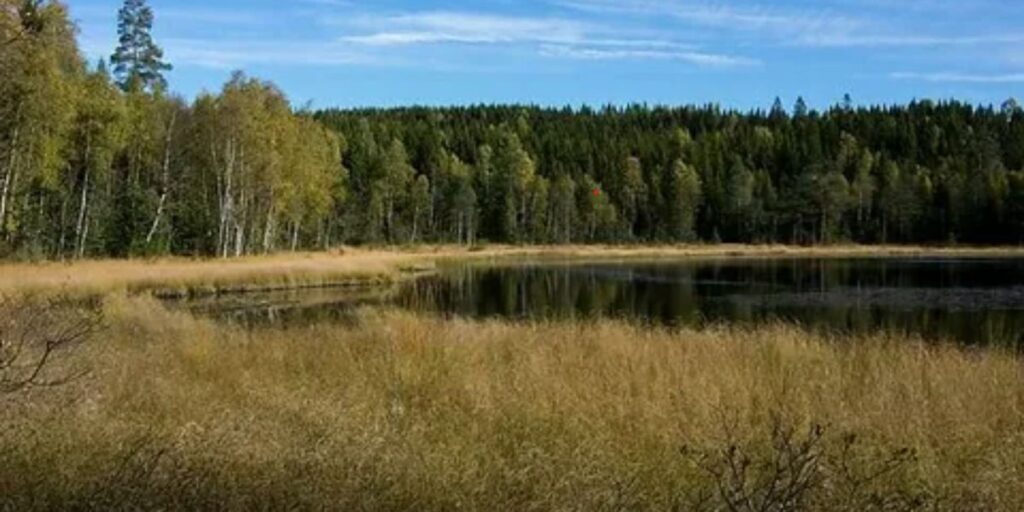
Venturing further into the Nordmarka forest introduces another layer to your exploration. Here, numerous trails weave through lush greenery, offering countless opportunities for hiking or biking post-kayak session. The serenity found within this expansive wilderness amplifies Norway’s reputation as an outdoorsman’s paradise.
6. Dynamic Arts Scene:
The dynamic arts scene in Oslo, particularly exemplified by the Astrup Fearnley Museum and the Oslo Concert Hall, provides a compelling reason to explore Norway’s capital. At the Astrup Fearnley Museum, contemporary art enthusiasts can immerse themselves in thought-provoking exhibitions that not only showcase Norwegian talent but also feature significant international artists. The museum’s architecture itself is a work of art, seamlessly blending with its picturesque waterfront location while offering changing perspectives on modern creativity.
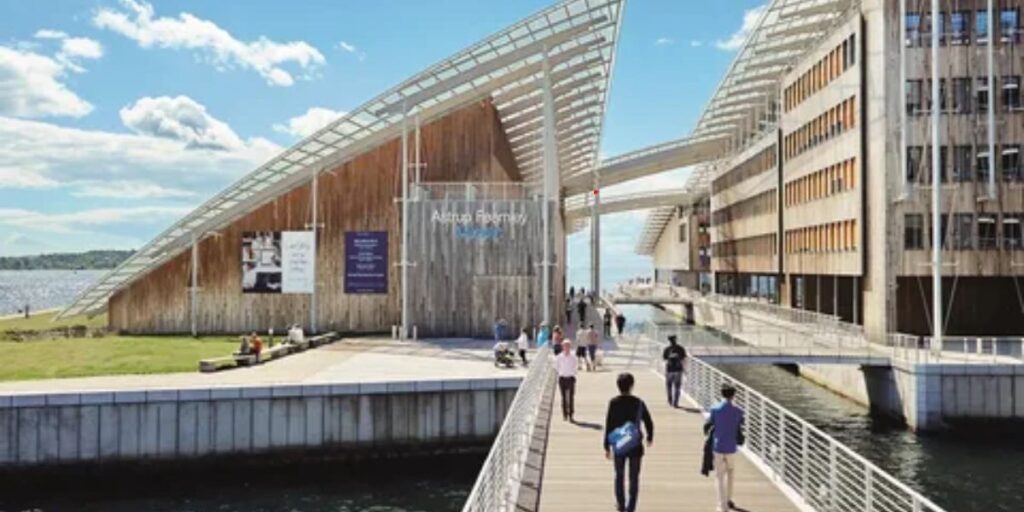
The Oslo Concert Hall offers an auditory palette that complements the visual feast found at the museum. Home to world-class performances and a rich tapestry of musical events, this venue celebrates everything from classical masterpieces to contemporary cultural fusions.
7. Quaint Neighborhoods:
Nestled within Oslo’s vibrant landscape, the charming neighborhoods of Grünerløkka and Gamlebyen (Old Town) offer a delightful juxtaposition of contemporary flair and medieval heritage. You stroll through the cobblestone alleyways of Gamlebyen, you’ll feel as though you’ve stepped back in time, with well-preserved buildings whispering tales of Norway’s past. Here, every corner holds a story—from the remnants of ancient walls to quaint cafes that serve artisanal treats amidst stunning historic architecture.
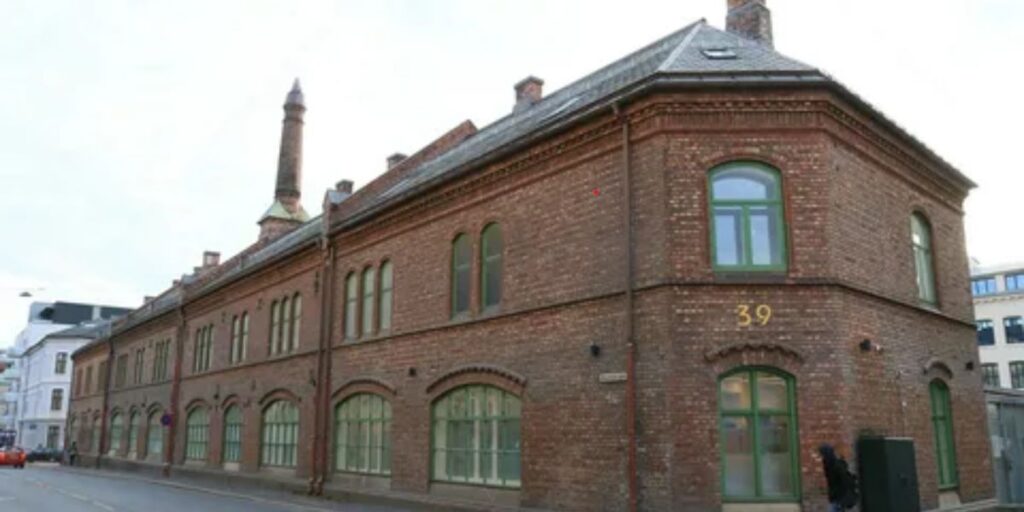
In Grünerløkka, an artistic hub showcases hip cafes and eclectic boutiques brimming with local creativity. This is where street art flourishes alongside vintage shops offering one-of-a-kind finds. You’ll soon realize that this neighborhood isn’t just a favorite for locals; it raises an intriguing question for travelers: Is Oslo worth visiting? The answer lies in the seamless blend of history and modernity found right on these streets.
8. Sustainable Living & Transportation:
In the heart of Norway’s capital, Oslo stands out not just for its scenic beauty but for its commitment to sustainable living. The Ruter transportation network exemplifies this ethos, providing efficient and eco-friendly travel options throughout the city. With an extensive range of buses, trams, and ferries seamlessly integrated into a single system, getting around has never been easier—or greener. Using the Ruter App enhances this experience by allowing travelers to plan their journeys in real-time while minimizing their carbon footprint.

Oslo worth visiting goes beyond just its picturesque landscapes; it’s also about experiencing how urban life can harmonize with nature. From electric buses to incentivizing bike sharing, Ruter’s initiatives play a crucial role in reducing pollution and promoting public transport over personal vehicles. Visitors not only enjoy convenience but actively contribute to sustaining the environment during their stay.
9. Scandinavian Design:
Oslo is worth visiting not just for its stunning landscapes and rich history, but also for its unmistakable flair in Scandinavian design. The neighborhoods of Grünerløkka, Frogner, and Majorstuen pulse with a creative energy that beckons design enthusiasts from around the globe. Here, you can wander through boutique stores showcasing everything from minimalistic furniture to artisanal homeware, each piece echoing Norway’s respect for nature and craftsmanship. By bringing one of these Nordic-inspired treasures back home, you’re not just taking a souvenir; you’re inviting a piece of Oslo’s aesthetic into your everyday life.
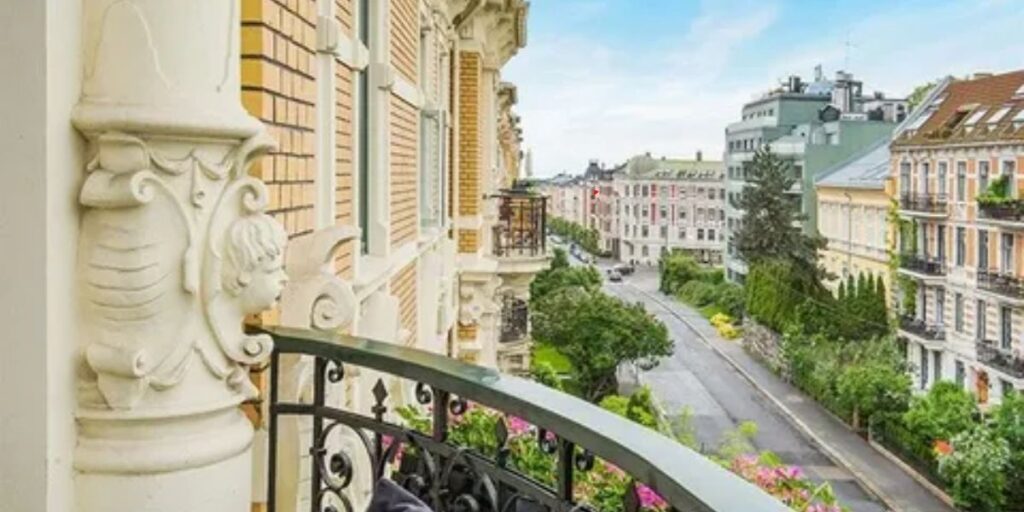
In Frogner, renowned for its elegant architecture and lush parks, you’ll discover local artisans experimenting with traditional techniques to create contemporary designs that reflect the essence of Nordic living. Meanwhile, Majorstuen’s quaint streets are lined with shops that offer functional yet stylish pieces—perfect reminders that Scandinavian design marries form and function beautifully.
10. Hospitality & Service:
The hospitality and service culture in Norway is often understated yet profoundly impactful, particularly in its vibrant capital, Oslo. Visitors frequently remark on the genuine friendliness of the locals, who strike a balance between professionalism and warmth. This unique approach sets the stage for an enjoyable experience whether you’re dining at a world-class restaurant or exploring local boutiques. The ethos is that every visitor should feel welcomed, making it easy to immerse oneself in Norwegian culture without the fog of discomfort often associated with tourism.

Is Oslo worth visiting? Absolutely! The city’s range of experiences—from cozy cafes filled with locals discussing everything from art to politics to efficient public services—creates an inviting atmosphere that’s hard to replicate elsewhere.
11. The Downside: Prices in Oslo:
Oslo captivates with its stunning fjords and vibrant cultural scene, the high cost of living can serve as a deterrent for many travelers. One might question, Is Oslo worth visiting? when faced with steep prices for accommodation, dining, and attractions. Norway’s capital consistently ranks among the most expensive cities in Europe, prompting visitors to rethink their budgets. A simple meal at a mid-range restaurant can skyrocket costs faster than the city’s iconic Holmenkollen ski jump.

It’s essential to weigh these financial challenges against what Oslo offers. The investment unlocks a plethora of experiences—from world-class museums like the Munch Museum to breathtaking outdoor adventures in nearby nature reserves.
Final Thoughts:
Oslo is a captivating destination that seamlessly blends rich cultural heritage with breathtaking natural landscapes. Visitors can immerse themselves in the city’s history through its remarkable museums and historic sites while enjoying the picturesque views of fjords and forests. The vibrant food scene offers a delightful culinary experience, showcasing both traditional Norwegian dishes and innovative gastronomy from around the world. Whether you’re an art enthusiast, an outdoor adventurer, or a foodie at heart, Oslo has something to offer everyone.
FAQs Is Oslo worth visiting?
Is Oslo worth visiting?
Oslo is worth visiting! As the capital of Norway, it offers a unique blend of vibrant urban life and stunning natural beauty. The city’s rich cultural scene includes world-class museums like the Viking Ship Museum and the Munch Museum, where you can explore Norway’s artistic heritage.
What is the downside to Norway?
One downside to Norway is its high cost of living, which can make everyday expenses like groceries, housing, and dining out significantly more expensive compared to many other countries.

